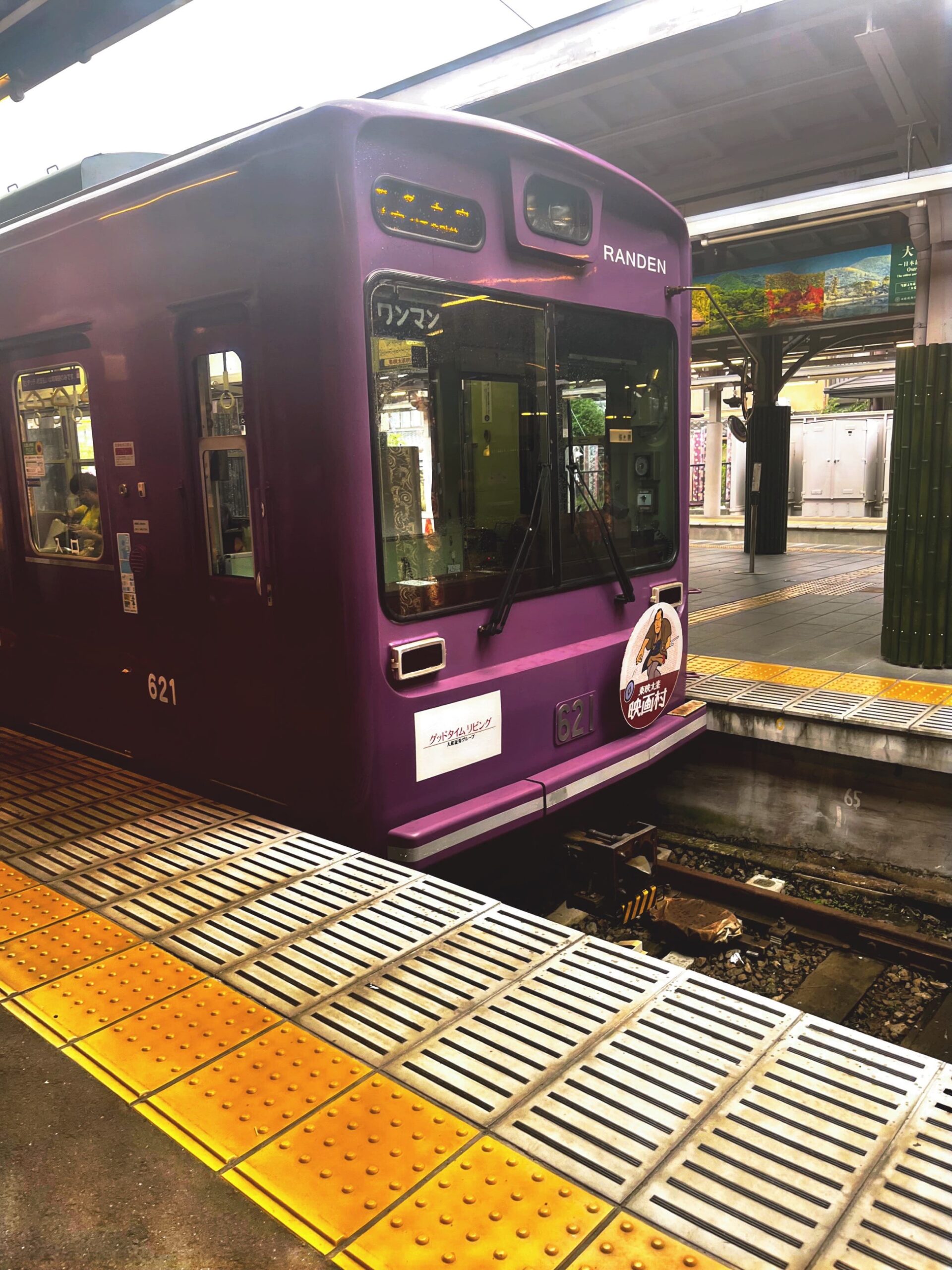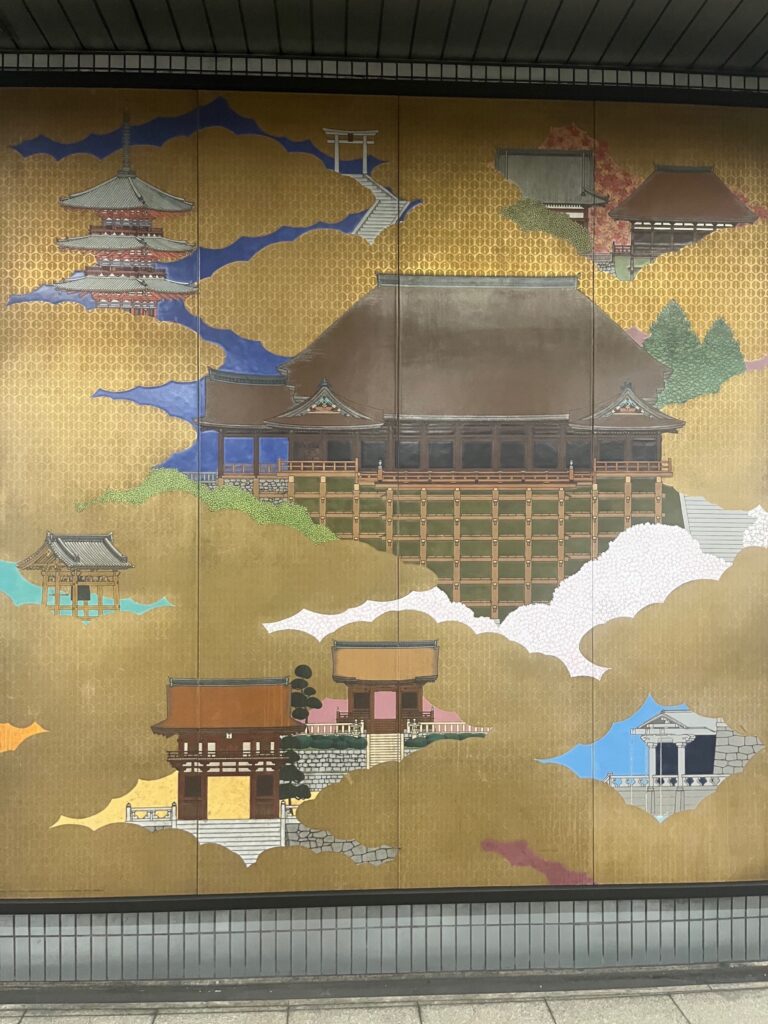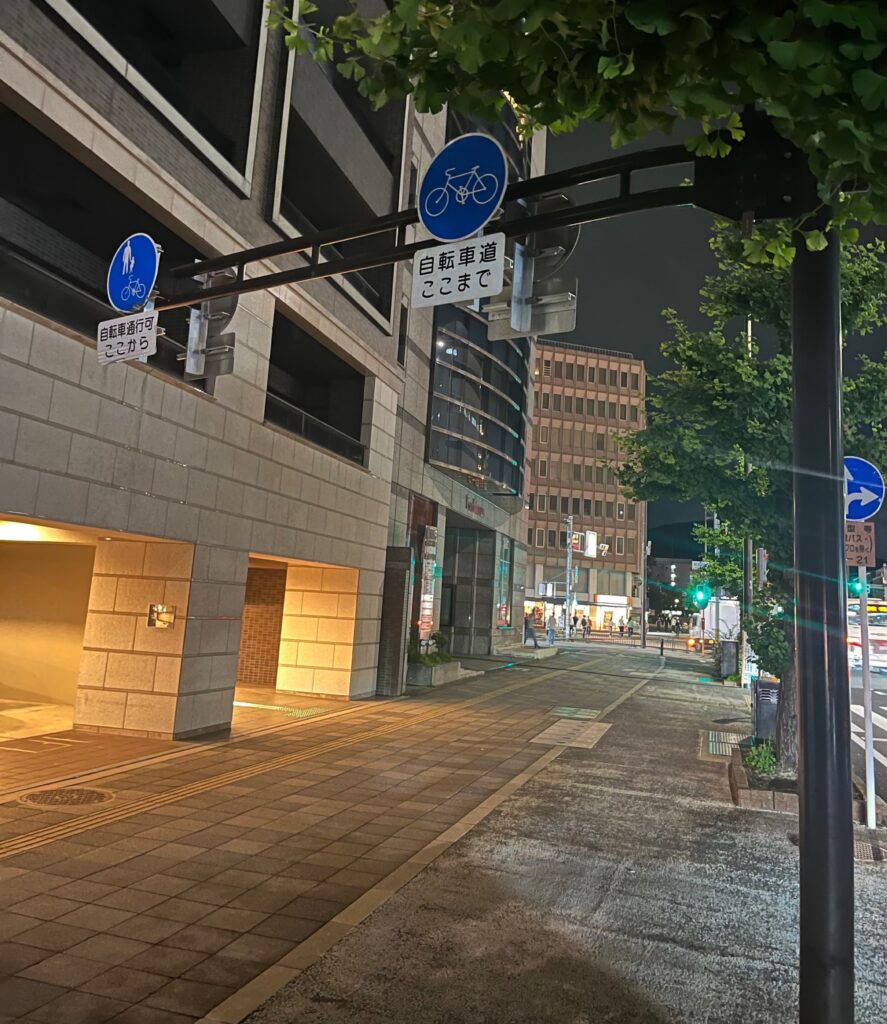
A trolley rolling into Arashiyama.
Transportation is a vital aspect of traveling, enabling individuals to explore new destinations and immerse themselves in diverse cultures. Kyoto offers a wide variety of ways to get around, including using subways, trains, trolleys and buses. While convenient, there are a few things to keep in mind when using public transportation in Kyoto to ensure a seamless travel experience.
Public transit in Kyoto
To fully experience the wonders of Kyoto, travelers often need to use multiple transportation methods to reach one destination. For example, depending on your starting point, a trip to the picturesque Arashiyama district may involve riding a combination of subway, train, bus and trolley services. While multiple transfers in one trip may sound inconvenient, it often makes travel times more efficient.
Using public transportation in Japan may seem daunting at first, but it’s relatively straightforward once you begin using it. Digital tools such as Google Maps can ease the stress of navigating unfamiliar cities and transportation systems in Japan.
Something else to consider when visiting Kyoto is a lack of elevators and escalators at some subway and train stations.
There’s nothing worse than trying to haul luggage up and down staircases, so travelers should try to pack lightly. By traveling with minimal baggage, visitors can enhance their mobility and enjoy a hassle-free transportation experience.
“The train station is very vast and intricate,” Alaila Coleman said. “I found it so surprising the lack of accessibility like elevators or even the small number of escalators.”
Navigating streets and side streets
Whether you’re planning to hop on a train to the Gion district or walk to a nearby cafe, downloading or taking screenshots of planned routes in case of reception dead spots can help ensure a smooth journey. Even if you get lost in one of Kyoto’s maze of side streets, it can make for a new, if unexpected, adventure.
“Walking around Kyoto was pretty fun,” said Felicity Guajardo, who lost cell reception while on the lookout for a curry restaurant near her hotel. “Didn’t really feel like we were lost since there was so much around us that was available. There is a lot to see, and many stores to go into and explore.”
Also, Kyoto boasts a vibrant bike culture and is one of the most bike-friendly cities in the world, for both locals and tourists. Shops and rental companies can be found all over the city, and there are bike racks at most stores, restaurants and hotels.
Many of the sidewalks have dedicated bike lanes, so if you decide to explore Kyoto on a bike, it’s important to know where the bike and walking lanes are to ensure the safety of cyclists and pedestrians.
Cultural norms and tips
While navigating Kyoto’s transportation system, there are certain cultural norms and practices visitors should be aware of. In Japan, people typically walk on the left side. Still, when walking on sidewalks or within train stations, it is crucial to follow overhead signs and ground markings to ensure a smooth flow of pedestrian traffic.
It’s also considered impolite to eat while walking or using public transportation. Silence is valued on trains, and individuals are encouraged to keep their phones on silent mode. Engaging in loud conversations or talking on the phone while onboard is also discouraged. To maximize space on crowded transportation, it is customary to remove large backpacks and hold them in front of you.
Enhancing your Kyoto experience
Efficiently navigating transportation in Kyoto is key to fully exploring the city’s rich cultural heritage and stunning attractions. By understanding the various modes of transportation available and respecting cultural norms, travelers can enhance their experiences and make the most of their time in Kyoto.









